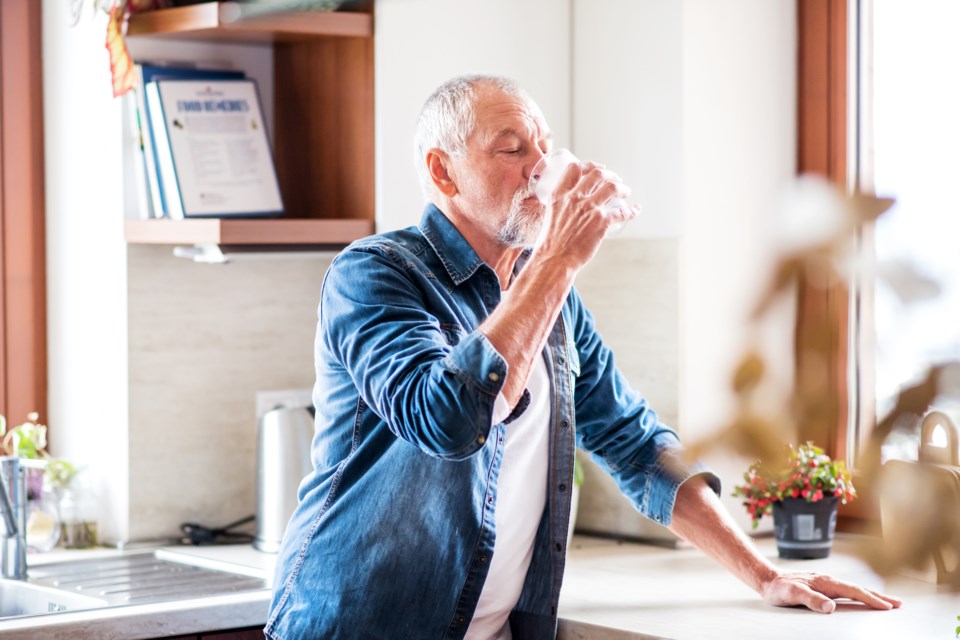Hydration equals health, we're often told—and it looks like that message is widespread. Hydration apps such as Waterllama can help you track how much water you drink in a day. Reusable water bottles from companies like Yeti and S'Well are now fixtures while walking around town. Cheeky, hyper-marketed waters with names like Liquid Death have also made the rounds in about every backyard party.
Hydration is a hot topic because it is so important. Water flushes bacteria from the bladder, carries nutrients and oxygen to cells, and regulates body temperature. When dissolved in water, electrolytes gain a positive or negative charge. These electrolytes help regulate chemical reactions in the body and balance the fluids inside and outside of cells.
So how much water should you be drinking? The familiar rule of thumb is about eight glasses per day, or roughly 64 ounces, for healthy adults, but the reality is a bit more complicated, according to Sarah Adler, a sports dietician at the University of California, Los Angeles. Adler advises drinking 0.5 to 1 ounce of water per day per pound of body weight.
Hydration needs may vary and can change according to heat, humidity, and activity levels. People who play sports or exert themselves should aim for 1 ounce of water per pound daily. "We may need more, we may need less," Adler told UCLA Health.
Experts say, however, that it is possible to become overhydrated. Symptoms of mild overhydration may include fatigue or distraction. If you drink too much water over a short period of time, you can develop water toxicity.
So, to help you stay hydrated without having to guzzle an ocean, Live It Up found five other ways to meet your fluid needs.
Get your fruit on
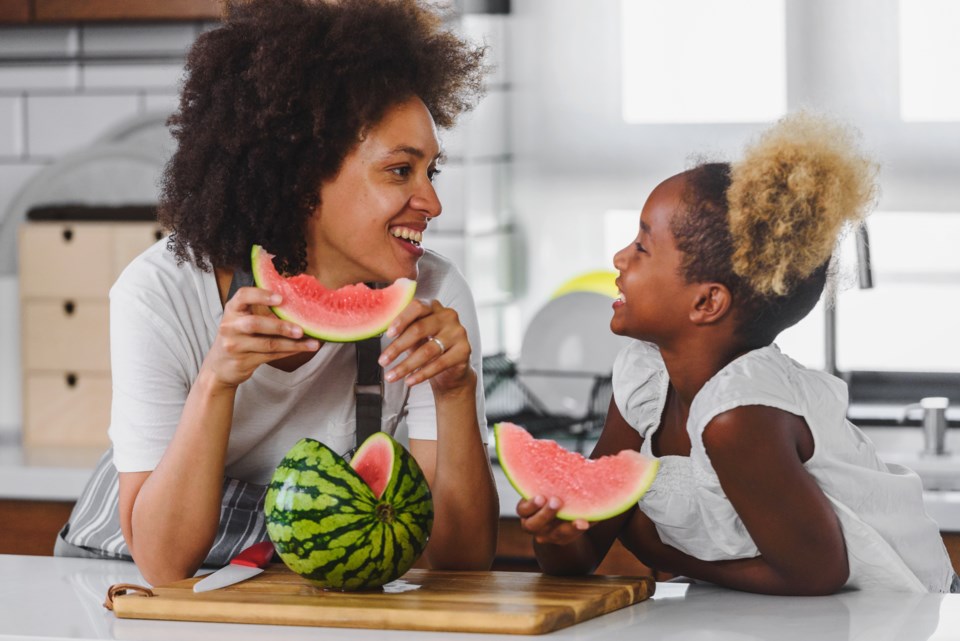
Fruit is a great source of hydration. Watermelon, strawberries, and cantaloupe are 90% to 92% water, while peaches and oranges are about 88 to 89%. Not only are these fruits a great source of fluids, but they also provide additional nutrients. Watermelons have vitamin C, vitamin A, and potassium and are a good source of the antioxidant lycopene. Strawberries are a good source of fibre and also provide manganese and vitamin C.
Veg out
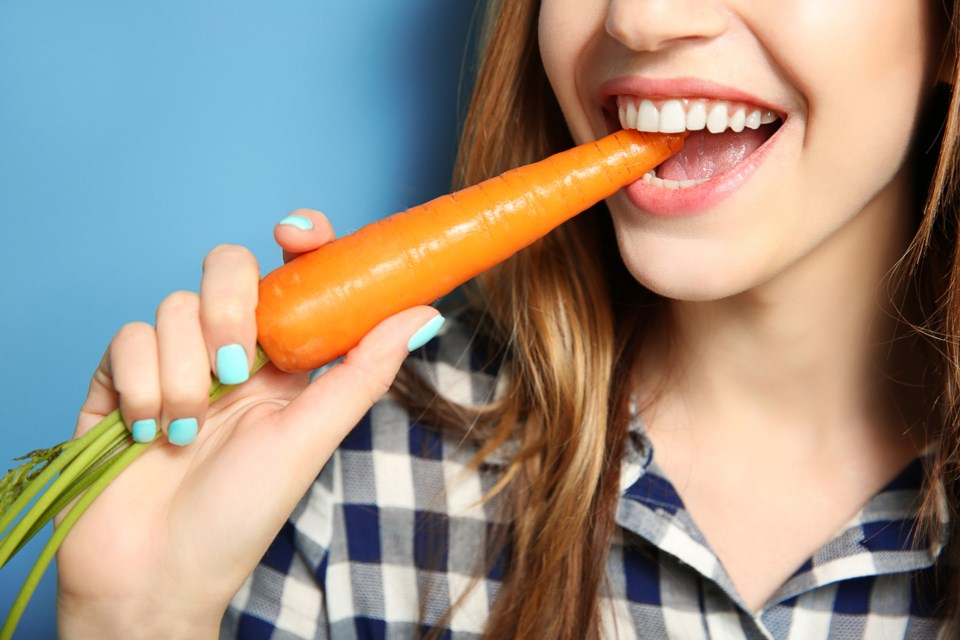
Vegetables are another great source of hydration. Reach for lettuce, cabbage, bok choy, celery, cucumber, and spinach, which all contain 90% to 96% water. Other good options are avocados, carrots, and broccoli, which are about 70% to 90% water.
Keep moo-ving
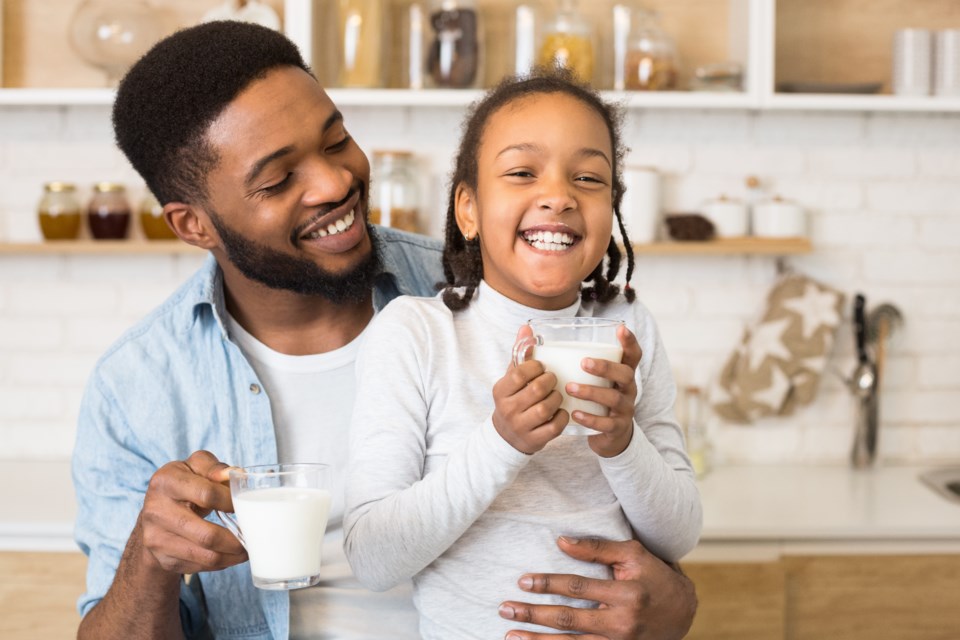
Skim milk, a nearly fat-free version of milk that still has the same vitamins and minerals, is actually 91% water. It is also packed with vitamins and minerals, like vitamin A, calcium, riboflavin, vitamin B12, phosphorus, and potassium. Small studies over the years have found that milk helped people rehydrate after an intense workout. Milk may help keep you hydrated and rehydrate after a workout because it is high in protein and electrolytes that can replace those you have lost.
Coffee or tea, please

Coffee and tea can be hydrating. Harvard Health said it is a myth that caffeinated beverages are dehydrating. They may make you urinate, but the water in them contributes to overall hydration over the course of the day. Just make sure to stay away from the more sugary versions of these drinks that can lead to weight gain and diabetes.
Along with its caffeine content, coffee has B vitamins, riboflavin, potassium, and antioxidants. White, black, and green teas are rich in antioxidants and other plant-sourced compounds that reduce inflammation.
Smoothie it out
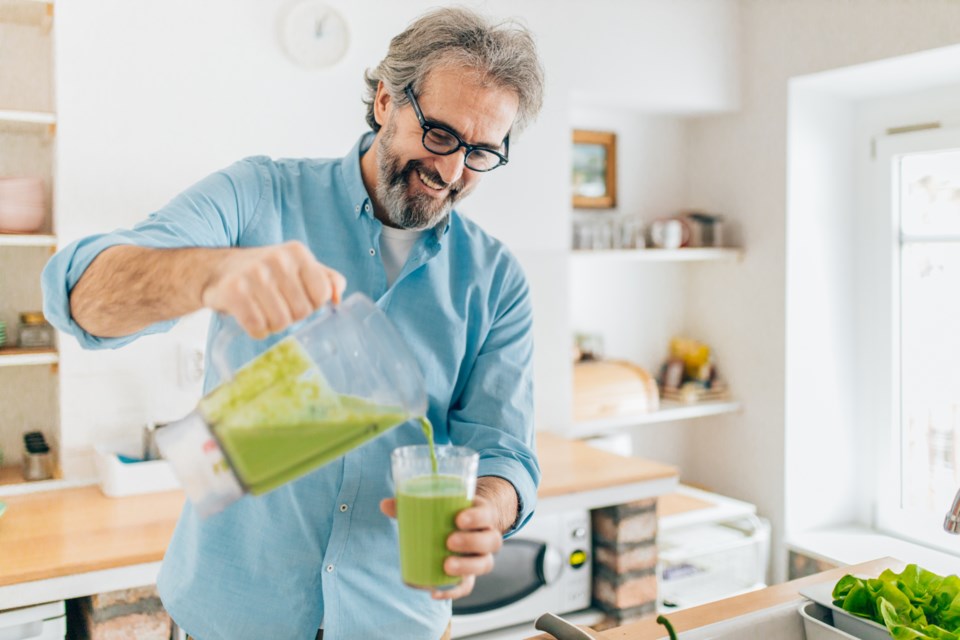
Now that you know all about the benefits of fruits, veggies, and skim milk, why not try combining them all in a tasty smoothie? Coconut water, berries, and spinach can produce a berry tasty combo, while brewed coffee, bananas, and peanut butter could make for a nutty pick-me-up in the morning. The American Obesity Foundation has a few tasty and hydrating recipes to offer; just make sure to lean more into the fruits and veggies rather than the sugar.
Story editing by Carren Jao. Additional editing by Kelly Glass. Copy editing by Tim Bruns. Photo selection by Ania Antecka.
This story originally appeared on Live It Up and was produced and distributed in partnership with Stacker Studio.

